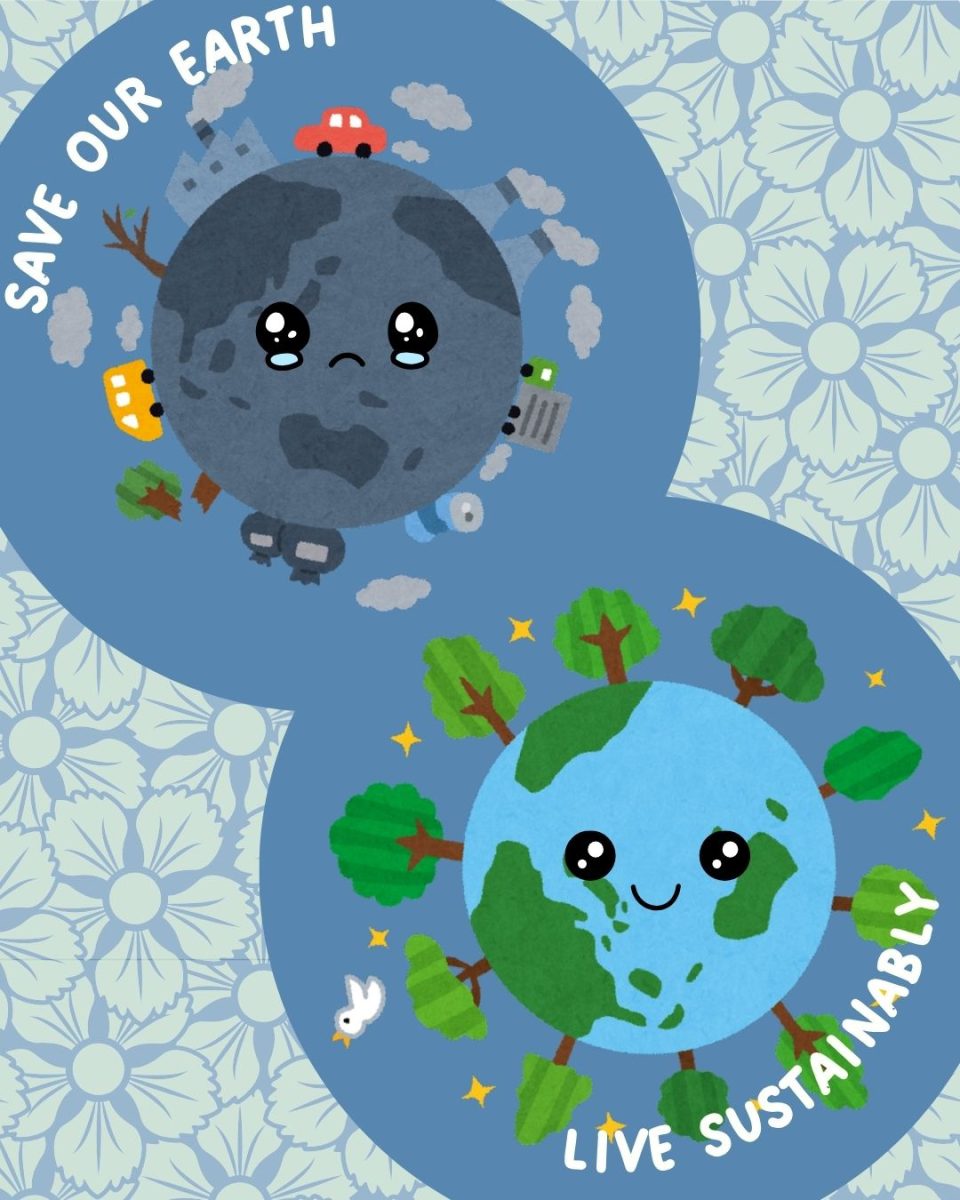Planet Earth is our home, the only planet we associate with the history of life. It is the third planet from the Sun, and the fifth largest planet in the solar system.
Our planet is hospitable to life because it is in the Goldilocks Zone, otherwise known as the habitable zone. According to NASA, the habitable zone is the area around a star where it’s not too hot nor too cold for liquid water to exist on the surface of surrounding planets.
The distance Earth orbits the Sun is just right for water to remain liquid. Liquid water is the essential ingredient for life, which explains why it has thrived for billions of years on Earth.
The Earth isn’t just an ordinary planet. Its unique meteorological conditions and geographical features make it stand out from the other planets in our solar system. Sustainability of life is one of the most important components of what makes Earth strange yet incredible. However, obtaining knowledge of our home planet requires strenuous work and research conducted by scientists.
Earth Exploration
Earth exploration is essential for conducting research on the Earth’s climate, atmosphere, geology, oceanography, and more. It is the reason why we understand so much about Earth, which then allows us to predict weather conditions and how our planet functions naturally.
Earth exploration is critical to our understanding of our planet and relates to everyone. “It’s important that we know what’s on our Earth, and we can discover new things and possibilities,” said Zeely Tsai, a student at Las Vegas Academy of the Arts (LVA).
One of the most concerning things about the state of our planet is global warming. According to the Natural Resources Defense Council (NRDC), global warming since the industrial revolution has caused global annual temperatures to increase by a little more than 1 degree Celsius, or about 2 degrees Fahrenheit. Global warming causes more severe weather such as hurricanes and heat waves. In addition to rising temperatures, it roughly affects the arctic regions such as the North and South Pole, causing ice to melt and permafrost (frozen ground) to thaw.
Furthermore, scientists use Earth exploration to find solutions to ongoing problems about our environment. Without these discoveries, we wouldn’t be aware of our climate and how to help it.We rely on all sorts of research and information about the Earth, especially events that are currently happening, such as global warming, that affect the whole population.
Earth Missions
Multiple Earth missions launched by NASA help record weather and climate data from outer space. Orbiters such as CALIPSO and Aura record data on Earth’s climate.
The Cloud-Aerosol Lidar and Infrared Pathfinder Satellite Observation (CALIPSO) satellite is an orbiter of Earth launched by NASA on April 28, 2006. According to NASA, Calipso provides new insight into the role that clouds, and atmospheric aerosols (airborne particles) play in regulating Earth’s weather, climate, and air quality. Aerosols are small particles suspended in the atmosphere, and come from natural resources such as volcanic eruptions, desert dust, sea salt, and smoke from forest fires.
High concentrations of aerosol can pose serious health risks and can also affect weather and climate. CALIPSO measures how many aerosols remain in the environment for long periods of time to better predict the long-term effects of aerosols to help scientists devise strategies to limit pollution and improve climate.
The Aura satellite is an Earth orbiter launched by NASA on July 15, 2004. According to NASA, its objective is to measure trace gasses in Earth’s atmosphere. It obtains measurements of ozone, aerosols, and key gasses throughout the atmosphere. Aura investigates ozone trends and air quality changes and their association to climate change.
Our planet contains unique life and geological features, however, also has many climate-related problems. Scientists actively work and research to find solutions to these issues using data from satellites by Earth missions. Earth exploration is key to recognizing the state of the Earth’s weather conditions and climate that affects all aspects of life on the planet.























